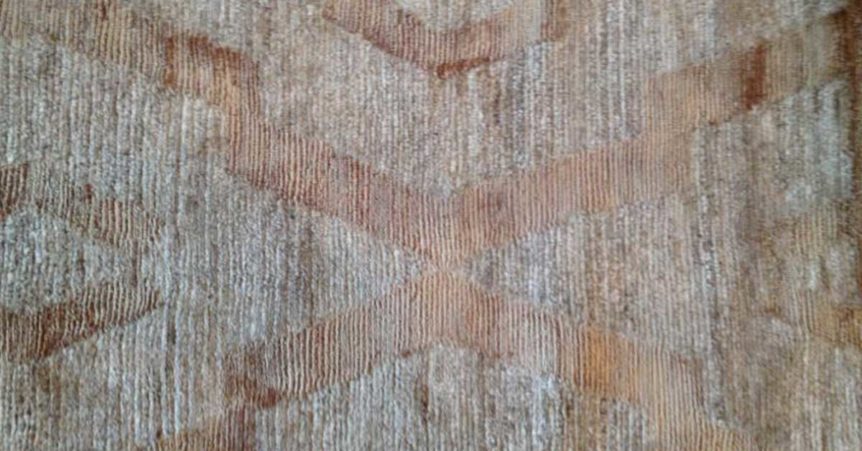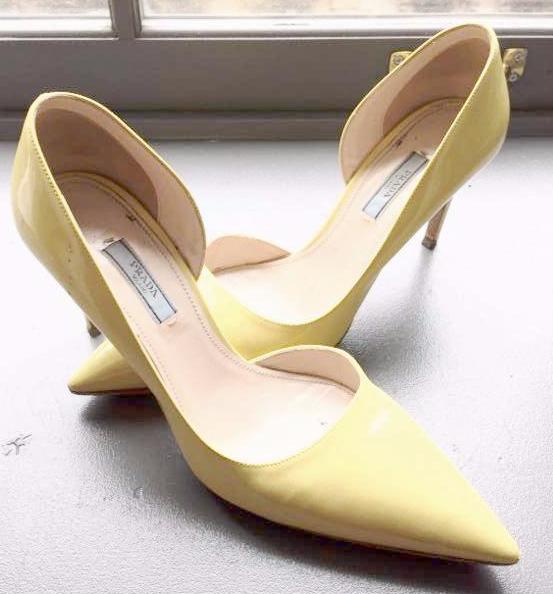
Quality informs 100% of my decisions as an interior designer. The level of quality in home furnishings is the single most important aspect that makes a home stand out as something defining and beautiful.
But what is “quality”? How can you spot it? What difference does it really make?
#1 Top Notch Nuts & Bolts

Bolts of fabric hand woven abroad. 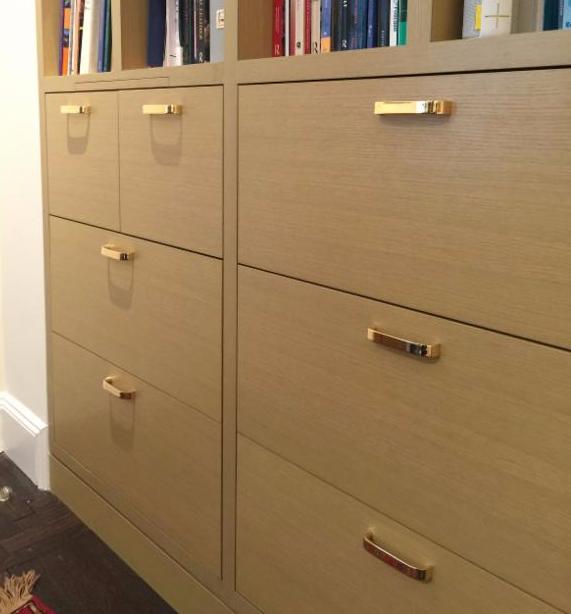
Cabinetry made with precise lines, well finished wood, and exacting attention to symmetry and alignment.
So often with mass-produced furnishings, cheap materials are used.
With cheap cabinetry or furniture, non-wood and non Eco-friendly composites are often used to fabricate a piece that is meant to look and feel like wood. Weird combinations of materials are sometimes used for upholstery filling, and cheap labor is employed to fabricate lower end items.
Good quality, on the other hand, means natural wood or an Eco-friendly material was used. It means that the inside of cabinet or furniture drawers feels substantial, drawers slide nicely and close well, and the piece looks as good on the inside as it does on the outside. Well-made fabric will be woven by hand and with the finest yarns. Good paint will apply on the wall more easily and smoothly and will be safer to breathe.
#2 Beautiful Aesthetics
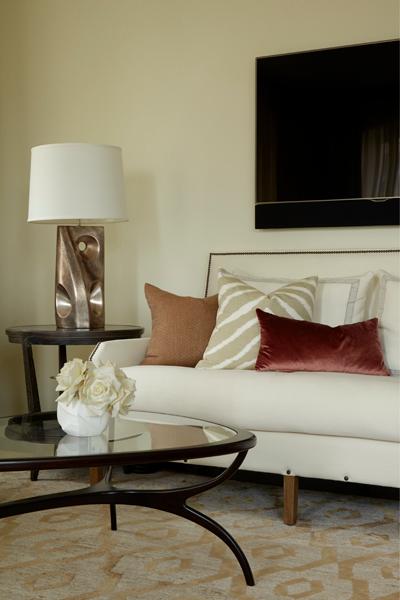
An elegantly proportioned coffee table, sofa, and lamp. 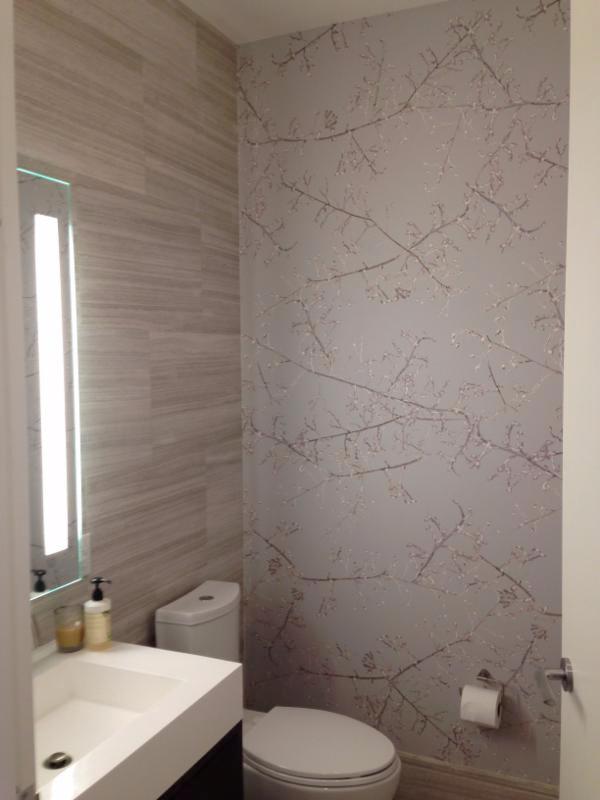
Wallpaper customized to fit within the parameters of this particular bathroom’s space.
In home furnishings, as in fashion, copies are everywhere. What gives?
The better-made items are often those with better proportions, more subtle and lovely-looking finishes, well thought-out ergonomics and nice looking curves and joints. It is hard to argue with pretty.
#3 Attention to Detail

High gloss paint requiring specific expertise and significant time in application to achieve this specific lacquer finish. 
The bathroom walls are mirror-like in their glossiness. This does not happen without utmost attention to detail on the painter’s part.
In a piece of real quality, even the small things are taken into consideration. The switch on the light was attended to, as was the color of the cord. The seam on the lampshade is not obstructive. The paint on the wall was applied evenly and carefully. The joints of a door frame or other carpentry are constructed with precision. Colors match. Undersides of furniture are nicely appointed.
#4 Durability

Rug made of wool, allo, and silk. Silk, while sometimes considered delicate, wears incredibly well. 
Well-made fabric can stand the test of time; velvet can be one of the strongest-wearing fabrics.
Durability is where all of the above items intersect. To use the fashion analogy: that copy of a shoe that you bought that you thought looked exactly the same as the original designer shoe. . . did it wear well? Did it keep its shape? Did you feel comfortable in it for a long period of time? The same is true with poorly made furniture. Sometimes you don’t see its lack of quality until later, when it breaks.
#5 Safety

Need I say more? Good quality furniture is safer. It won’t break in weird places or at random times. It won’t have unexpected points sticking out. It will keep its strength. It will be safer to breathe since it is made of natural materials. Etc. . .
When to make compromises?
It is rare that a budget will bear the cost of only Prada-level furniture. Even if it does, it is uncommon that that kind of spending is entirely worth it. If it becomes necessary to make compromises on a project, I like to find places to put lesser-quality items where they will be rarely used, so the piece won’t wear enough to make a difference. The rooms that aren’t meant to last as long is another area to get more economical: if you know the children’s room won’t stand the test of time because the use of the room will change in 5 years, this may be a good place to economize also.
In sum
Quality counts. My Gucci flats lasted me 10 years of hard-charging NYC-interior-designer-style pavement pounding until the cobbler had to give me the news that they were toast. I think in the end I saved money purchasing them instead of a lower quality pair. Why should furniture be any different?
In good design,
Brooke


